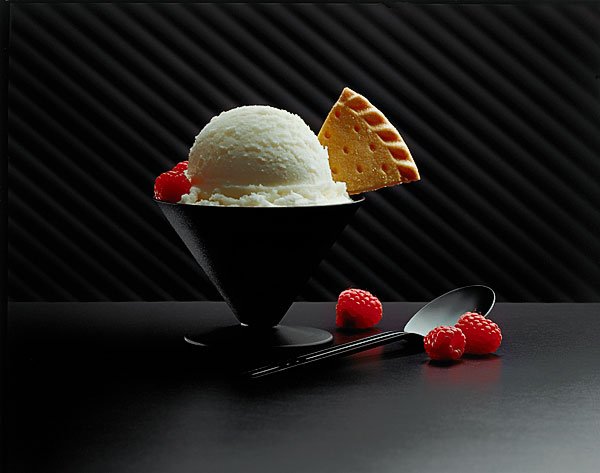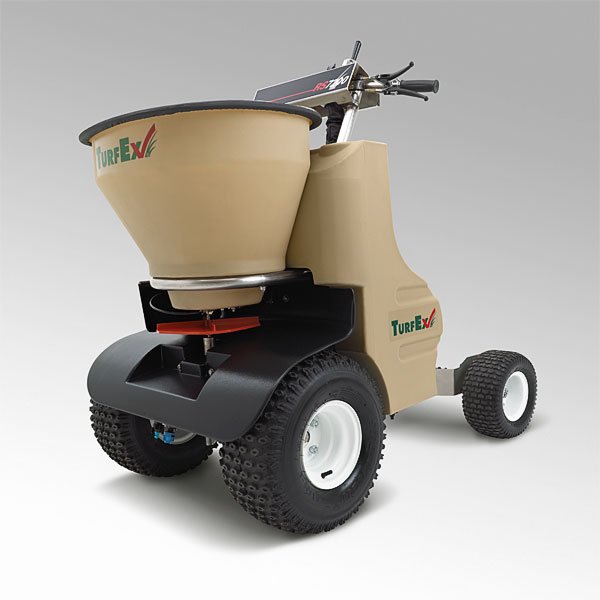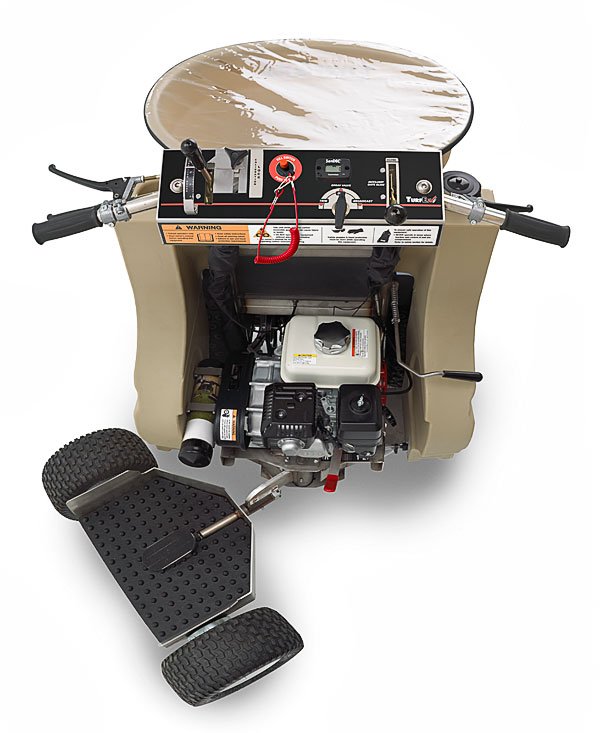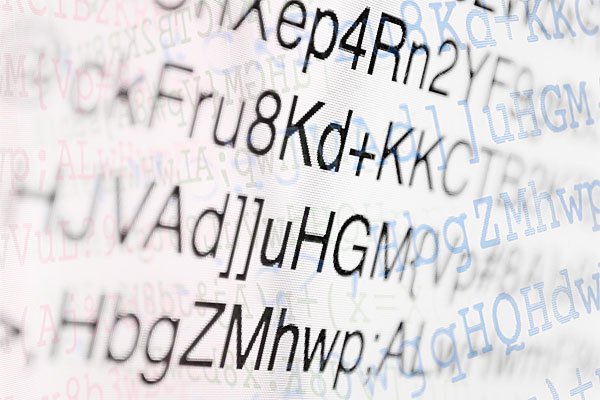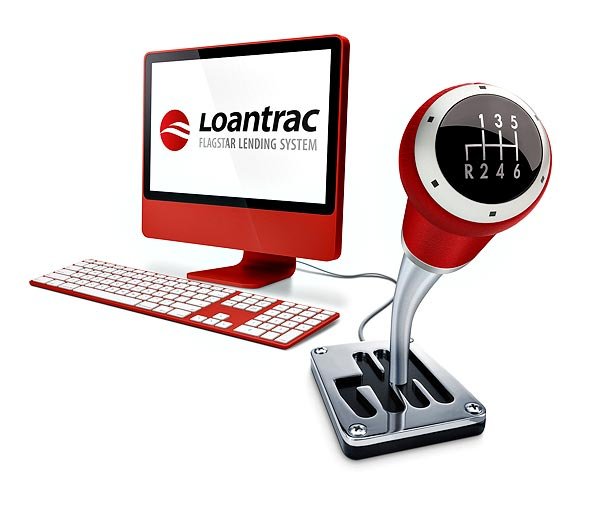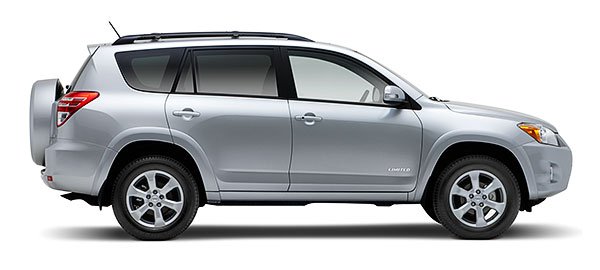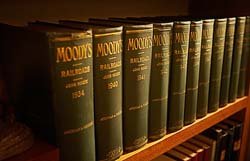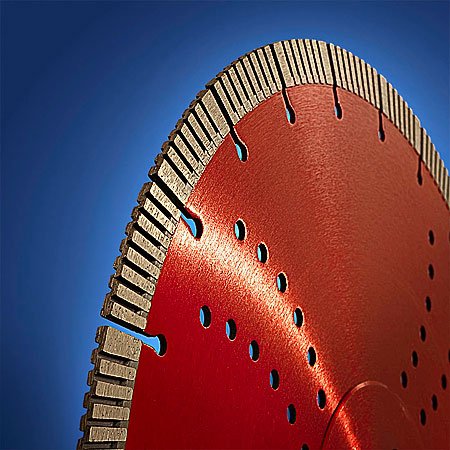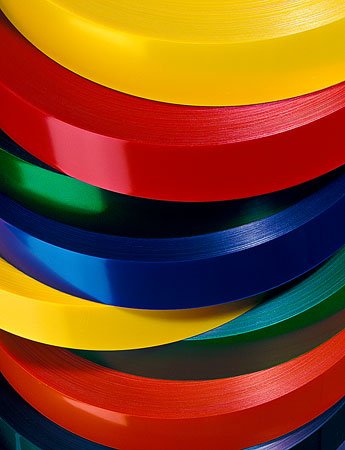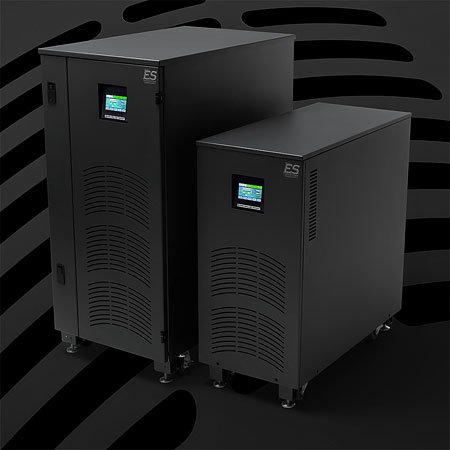Film was Simpler, but Harder
Back when I shot on film, everything was on transparencies. That made photography more difficult - an unforgiving medium. There was little recourse if highlights were burned out, shadows too deep or color was off. Still, you work with what you’ve got. I learned to pre-visualize, shoot Polaroids, do color balance tests before the shoot, and when the budget allowed, I’d wait for film. On the other hand, when I handed over the film, I was finished.Now, I am further into the workflow. This gives me way more flexibility to adjust, after the shoot, color, contrast, and exposure. Often I do the retouching, and deliver color corrected tiffs. Then I archive the job in case the files are needed again. I thought it might be interesting to share the process in more detail.
The shoot
Because this is about the workflow, I’ll ignore all of the pre-production and jump right to the shoot. I almost always shoot tethered. I like the knowledge that I’ve got it, without any waiting. It also gives clients a preview of what they’re getting. The laptop screen is calibrated with Eye-One (made by x-rite) so I’m pretty sure I’ve got the color right to start. I shoot with Capture One software, because I’ve got a Phase One back, and it works very well with our Canons too. Apart from doing an excellent job processing RAW files, one of the things I like about Capture one is that it creates a folder structure for every job. A session folder contains a capture folder, a trash folder, and an output folder.
I shoot with Capture One software, because I’ve got a Phase One back, and it works very well with our Canons too. Apart from doing an excellent job processing RAW files, one of the things I like about Capture one is that it creates a folder structure for every job. A session folder contains a capture folder, a trash folder, and an output folder.
After the Shoot
After the shoot, I simply copy this folder to the “job” drive on our server. I am then able to work off the server to make all the adjustments to the captured images and process them to make tiffs. If I’m doing the retouching, I’ll use Photoshop (big surprise) and create new folders inside the session folder that contains all of the files I’re working on. This keeps all the files for a each project together and organized. The server automatically backs this drive up to an external hard drive every night. The nightly backup keeps versions of the files for 30 days, so it’s possible to go back to get older versions of files, or deleted files if necessary. After the retouching is completed, and the job is delivered, the job folder is copied to an archive drive, also on the server. Once a month, I duplicate everything on to a yet another hard drive and take it home for safe keeping. So I have several terabytes of online archives of old jobs with a back-up off-site in case of drive failure or natural disaster.

Dave shot the Landscape it's stripped into. Teamwork is everything.I’d love to hear what you think or about your workflow.
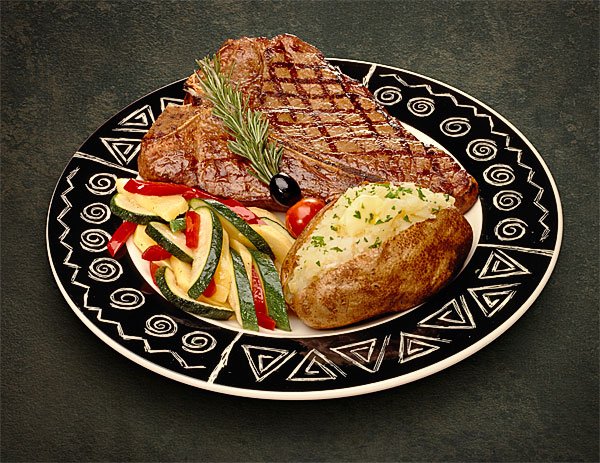 I think food stylists are absolutely essential. It’s true that they are expensive, and that they can slow things down, but the difference in outcome is dramatic. Really! Absolutely worth every penny. I’ve had clients tell me that their chef is great at presentation, but making food look good in a photograph is fundamentally different. This is especially true for advertising and packaging photography.
I think food stylists are absolutely essential. It’s true that they are expensive, and that they can slow things down, but the difference in outcome is dramatic. Really! Absolutely worth every penny. I’ve had clients tell me that their chef is great at presentation, but making food look good in a photograph is fundamentally different. This is especially true for advertising and packaging photography. Great food photography starts in pre-production with meetings with the client / chef, the art director, the food stylist, and the photographer. Everyone has to be on the same page about the recipes, the look, the props, and the schedule. There is usually a lot more to pull together before a food shoot than for normal product photography. Before and during the shoot, client involvement, good communication, and teamwork are all essential.
Great food photography starts in pre-production with meetings with the client / chef, the art director, the food stylist, and the photographer. Everyone has to be on the same page about the recipes, the look, the props, and the schedule. There is usually a lot more to pull together before a food shoot than for normal product photography. Before and during the shoot, client involvement, good communication, and teamwork are all essential.
